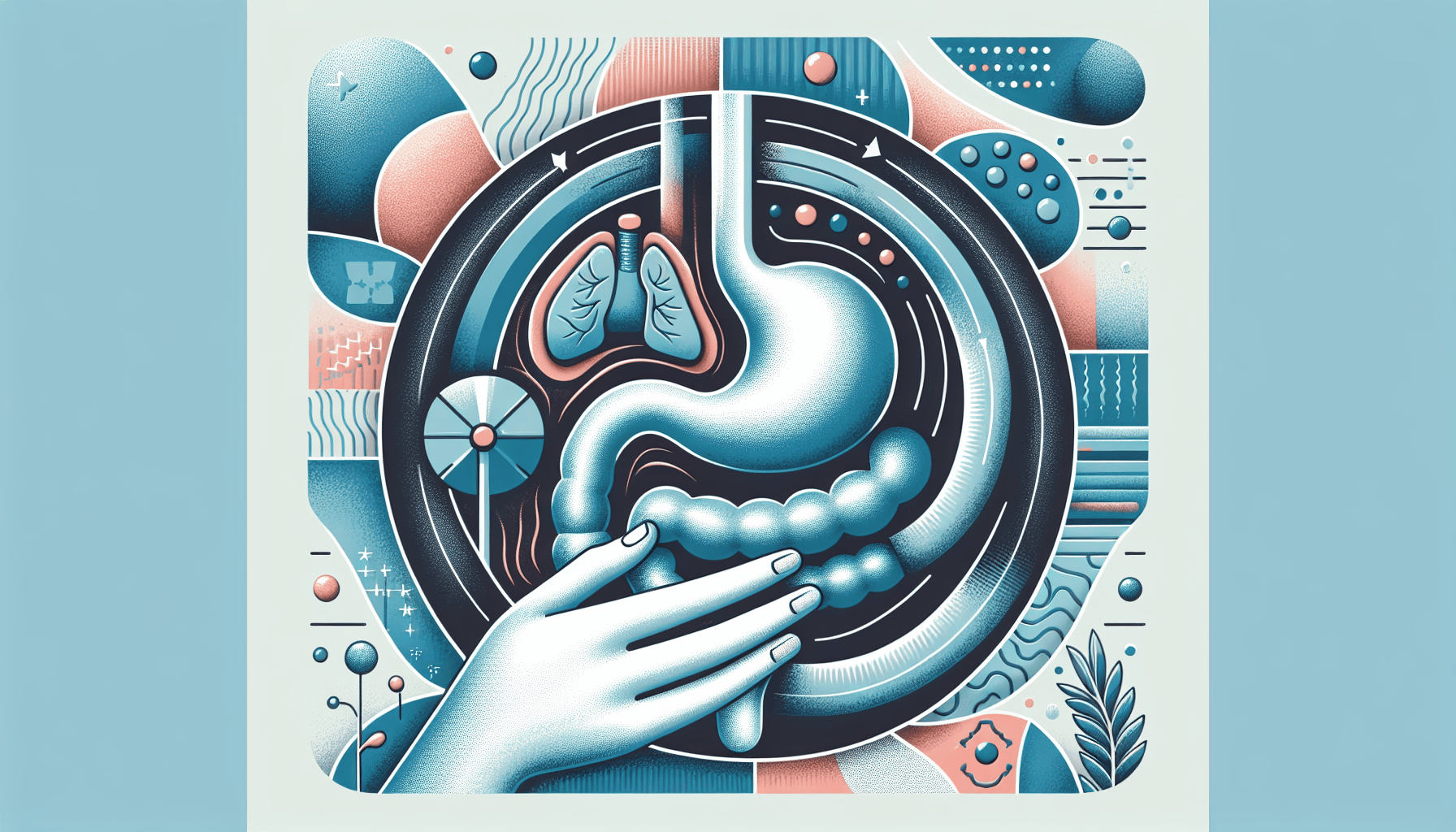Does Mounjaro Affect Fertility?
Understanding Mounjaro and Its UsesMounjaro is a prescription medication commonly prescribed for managing type 2 diabetes. It belongs to a class of drugs that help regulate [...]
Read More
Medically reviewed by Jerome Albert Ecker | MD, Assistant Professor of Medicine, Duke University - Durham, NC on May 17th, 2023.
A hiatal hernia occurs when a part of your stomach pushes up through the diaphragm, the muscular wall that separates your chest from your abdomen. This condition can cause various symptoms and may require treatment. In this article, we'll explain hiatal hernias in simple terms, so you can better understand this condition and how to manage it.
A hiatal hernia happens when a portion of your stomach bulges through the hiatus, an opening in your diaphragm that allows your esophagus (food pipe) to pass through to your stomach. This can cause the stomach to push up into your chest area.

Many people with hiatal hernias don't experience any symptoms. However, some common signs and symptoms may include:
Heartburn or acid reflux
Chest pain
Difficulty swallowing
Regurgitation of food or liquids into the mouth
Shortness of breath (in severe cases)
If you experience severe chest or abdominal pain, persistent vomiting, or inability to pass gas or have a bowel movement, seek medical attention immediately, as these could be signs of a strangulated hernia or obstruction.
The exact cause of hiatal hernias is not always clear, but some factors that may contribute to their development include:
Being born with a larger-than-normal hiatal opening
Injury to the diaphragm area
Age-related changes in the diaphragm
Increased abdominal pressure due to pregnancy, obesity, coughing, heavy lifting, or straining during bowel movements
Hiatal hernias are more common in being female or assigned female at birth, people who are overweight, and those over the age of 50.
To diagnose a hiatal hernia, your doctor may perform one or more of the following tests:
Barium swallow X-ray
Endoscopy
Esophageal manometry (pressure study)
pH test to measure acid levels in the esophagus
Treatment for hiatal hernias depends on the severity of the condition and the presence of symptoms. Options may include:
Watchful waiting for asymptomatic or mild cases
Medications to reduce stomach acid production and manage symptoms
Surgery to repair the hernia and reinforce the diaphragm opening
Hiatal hernia surgery has a high success rate, with about 90% of patients experiencing relief from symptoms and the ability to stop taking medications. The most common surgical approach is laparoscopy, which involves making small incisions in the abdomen and using a camera-guided instrument to repair the hernia. Recovery time is typically shorter with laparoscopic surgery compared to open surgery.
In addition to medical treatment, certain lifestyle changes and home remedies can help manage the symptoms of hiatal hernias:
Avoid lying down or exercising for several hours after eating
Eat smaller, more frequent meals and chew food thoroughly
Limit or avoid acidic, fatty, and spicy foods, as well as alcohol and caffeine
Elevate the head of your bed by 6 inches and sleep on your left side
Maintain a healthy weight and avoid tight clothing that puts pressure on your abdomen
Quit smoking and limit alcohol, as both can worsen heartburn and reflux symptoms
By understanding the basics of hiatal hernias and implementing these lifestyle changes, you can better manage your symptoms and improve your overall quality of life. If you have concerns about your condition or experience severe symptoms, always consult with your healthcare provider for proper diagnosis and treatment.
For more information on hiatal hernias, visit:
Most cases respond well to acid-suppressing medications combined with eating smaller meals and sleeping with your head elevated 6-8 inches. Surgery becomes necessary only when medical management fails or complications develop like severe bleeding or obstruction. If you're experiencing persistent heartburn or chest pain that could indicate this condition, Doctronic can help you get a proper evaluation and treatment plan.
Understanding Mounjaro and Its UsesMounjaro is a prescription medication commonly prescribed for managing type 2 diabetes. It belongs to a class of drugs that help regulate [...]
Read MoreUnderstanding Hydrocortisone Uses and DosagesHydrocortisone is a versatile medication primarily used to reduce inflammation and suppress the immune system in various [...]
Read MoreUnderstanding Zepbound and MounjaroWhen managing type 2 diabetes, patients often face a variety of medication options. Zepbound and Mounjaro are two such options gaining [...]
Read More